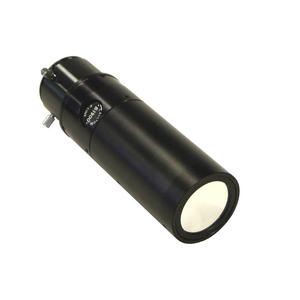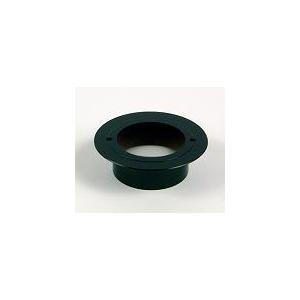Purtroppo, questa descrizione non è stato tradotto in italiano, in modo da trovare a questo punto una descrizione inglese.
Calcium K (Ca-K) Telescopes and Filters are used to study the wavelength of 393.4nm. This emission line is one of 2 that are produced by Calcium just at the edge of the visible spectrum in a layer that is slightly lower and cooler than the layer viewed in Hydrogen-alpha. The emission line displays areas of Super Granulation Cells that are brightest and strongest in areas of high magnetic fields such as sunspot activity and active regions. Having the ability to study the Calcium K and the Hydrogen-alpha line provides important insights into the structure, strength, and depth of these active regions.
The Calcium K line is centered at 393.4nm. This wavelength is considered to be slightly outside the visible spectrum on the UV side. While most people can visually see the violet color of the wavelength, many cannot resolve the contrast due to yellowing of the cornea. People who have had cataract surgery are often able to see considerable detail. But, it is for these reasons that the Ca-K line is typically studied via the use of cameras which are able to provide stunning details.
Internal narrowband filters allow for a <2.4 Angstrom bandpass. Primarily an imaging system due to the difficulty of many to visually see everything that CaK has to offer.
Delivered with order:
- Star Diagonal with T2 connection, for 2″ Focuser
- blocking filter B1800 with IR and UV protection


